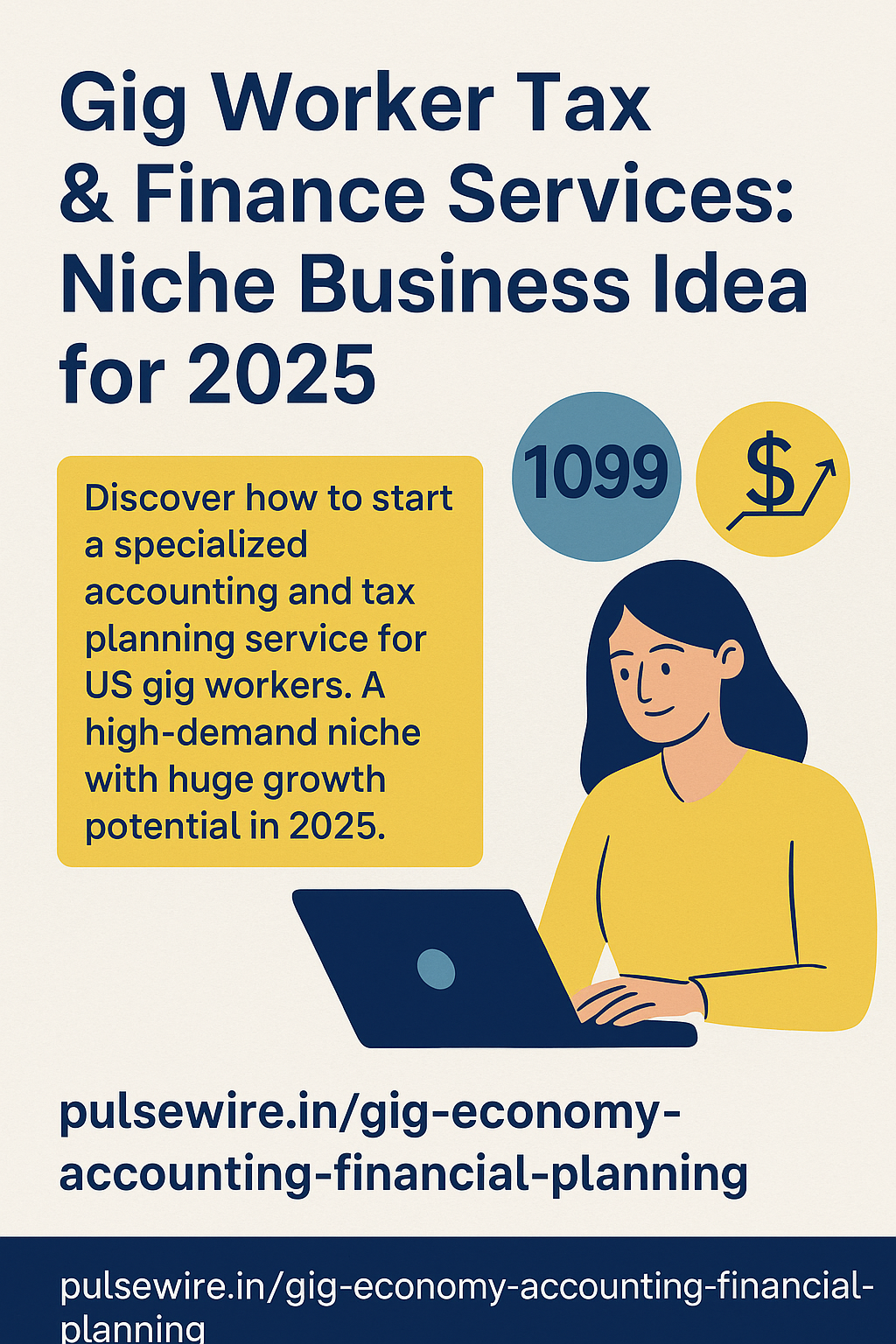Last Updated: June 12, 2025

Disclaimer: This article provides general information and a checklist for starting an e-commerce business. It is not legal, financial, or specific business advice. Business success is not guaranteed. Always conduct thorough due diligence, market research, and consult with legal, financial, and accounting professionals for personalized guidance.
Introduction
The e-commerce industry is booming in both India and the UK, offering unprecedented opportunities for aspiring entrepreneurs. With the rise of digital payments, mobile commerce, and consumer demand for convenience, starting your own online store has never been more accessible.
This guide will walk you through a step-by-step checklist to build your e-commerce business in 2025—from product selection to launch and marketing. Whether you’re in India or the UK, this roadmap will help you navigate legal, technical, and marketing challenges effectively.
Section 1: The Foundation – Planning Your E-commerce Venture
1.1 Niche Selection & Product Research
- Choose a niche based on your interests and market demand.
- Use tools like Google Trends, Amazon Bestsellers, or Etsy Trends.
- Solve a specific problem or serve a well-defined audience.
1.2 Business Model & Value Proposition
- Select your model: Dropshipping, Print-on-Demand, White Labeling, Manufacturing, or Handmade.
- Clearly define your Unique Selling Proposition (USP).
1.3 Market Research & Target Audience
- Identify customer demographics and buying behavior.
- Study competitors—analyze pricing, marketing, customer service, and website UX.
Section 2: Legal & Financial Setup
2.1 Business Registration
India:
- Options: Sole Proprietorship, Partnership, One Person Company (OPC), Private Limited Company.
- Register via Ministry of Corporate Affairs (MCA).
- Apply for a GST number if annual turnover exceeds the threshold.
UK:
- Options: Sole Trader, Limited Company, or Partnership.
- Register with Companies House UK.
- Register for VAT if applicable.
Always consult with an accountant or legal advisor in your country.
2.2 Bank Account & Payment Gateways
- Open a separate business account.
- Recommended Payment Gateways:
- India: Razorpay, PayU, Instamojo
- UK: Stripe, PayPal, Square
- Consider transaction fees, integration ease, and support.
2.3 Licenses & Permits
- Depending on your product category (e.g., food, cosmetics, electronics), apply for relevant licenses.
- Check local body or council rules.
Section 3: Building Your Online Store
3.1 Choosing an E-commerce Platform
| Platform | Pros | Cons |
|---|---|---|
| Shopify | Easy setup, apps | Monthly fees |
| WooCommerce | Customizable, free plugin | Requires WordPress |
| Magento | Highly scalable | Complex setup |
| Etsy | Great for handmade/vintage | Platform fees, less branding control |
3.2 Domain Name & Branding
- Choose a short, memorable domain name (check on GoDaddy, Namecheap).
- Invest in branding: logo, color scheme, tagline, and tone of voice.
3.3 Website Design & UX
- Mobile-first design.
- High-quality images and videos.
- Compelling product descriptions.
- Simple navigation and fast checkout.
Section 4: Product Sourcing & Inventory Management
4.1 Sourcing Suppliers
- Domestic vs. international sourcing.
- Use platforms like IndiaMART, Alibaba, Faire.
- Verify product quality and supplier reliability.
4.2 Inventory Management
- Use tools like Zoho Inventory, TradeGecko.
- For dropshipping, ensure supplier syncs with your inventory.
4.3 Shipping & Logistics
- India: Delhivery, India Post, Blue Dart.
- UK: Royal Mail, DPD, Hermes.
- Define shipping policies (cost, delivery times, returns).
Section 5: Marketing & Sales Strategies
5.1 Digital Marketing Basics
- SEO: Optimize your website and product listings.
- Social Media Marketing: Instagram, Facebook, Pinterest, LinkedIn.
- Paid Ads: Google Ads, Meta Ads.
- Email Marketing: Use tools like Mailchimp, Klaviyo.
5.2 Launch Strategy
- Choose between a soft launch (beta testers) or grand launch (public).
- Offer discounts, giveaways, or referral bonuses.
5.3 Customer Service
- Set up a helpdesk (e.g., Zendesk, Freshdesk).
- Offer multiple support channels (chat, email, social).
- Handle returns and complaints professionally.
Section 6: Post-Launch – Growth & Optimization
- Analytics: Use Google Analytics or Shopify Analytics.
- Customer Feedback: Collect and display reviews.
- Scaling: Add new products, explore international shipping, hire a team.
Conclusion
Starting an e-commerce business in India or the UK in 2025 is an exciting journey—but it requires research, strategy, and consistency. By following this checklist, you can confidently take the first steps toward building a successful online venture.
Ready to get started? Begin your research, register your business, and take your first product online today!
About the Author:
Sandeep is a digital business writer who researches emerging trends in e-commerce, fintech, and small business success. Not a financial advisor—this article is based on credible sources and industry insights.
References:









